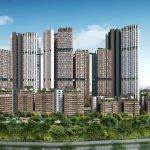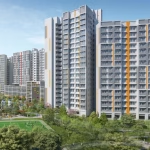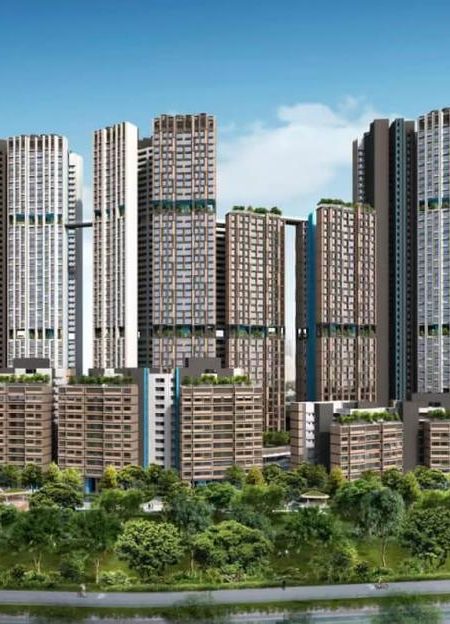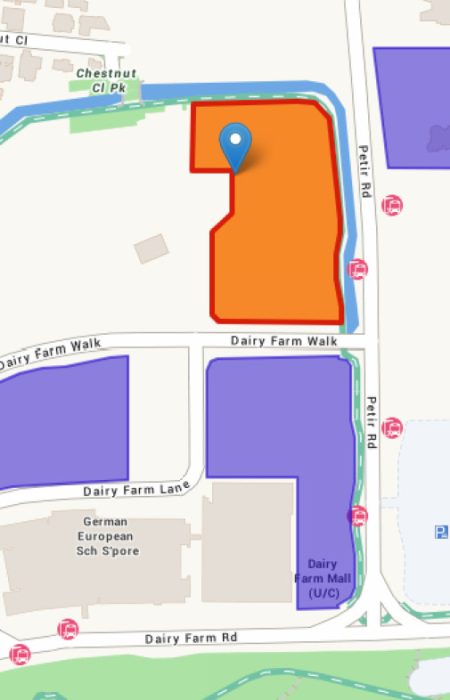Introduction
The Singapore Government Land Sales (GLS) program continues to play a pivotal role in shaping the nation’s property landscape, providing carefully planned land parcels for residential, commercial, and mixed-use development. Through GLS, the government regulates land supply to ensure market stability, sustainable development, and accessibility for homebuyers and developers.
The latest GLS updates reflect a strategic approach to balancing housing demand, urban density, and economic growth, providing insights for investors, developers, and homeowners looking to navigate Singapore’s dynamic property market.
Overview of Government Land Sales (GLS)
GLS refers to plots of land released by the Urban Redevelopment Authority (URA) and Housing & Development Board (HDB) for development. Land is typically released under two schemes:
- Confirmed List: Sites that are scheduled for immediate tender, allowing developers to plan projects with certainty.
- Reserve List: Sites kept in reserve for release based on market demand and planning needs.
GLS plays a crucial role in ensuring a steady supply of residential units, supporting commercial growth, and guiding urban development in line with Singapore’s long-term land-use plans.
Recent GLS Highlights
- Residential Plots: The latest GLS round includes parcels in high-demand districts such as Tampines, Punggol, and Jurong East, ideal for private condominium and mixed-use development.
- Commercial and Mixed-Use Sites: Strategic locations in the CBD and suburban hubs offer opportunities for office, retail, and integrated developments.
- Tender Trends: Developers have shown strong interest in well-located parcels, particularly those near MRT stations, schools, and community amenities.
The government aims to balance land supply with market absorption rates, preventing oversupply while ensuring sufficient housing for Singapore’s growing population.
Strategic Importance of GLS
- Market Stability: By controlling land release, GLS helps prevent property market volatility while supporting sustainable pricing trends.
- Urban Planning and Sustainability: GLS ensures that new developments align with Singapore’s broader urban planning goals, including transport connectivity, green spaces, and community facilities.
- Investor and Developer Insights: Land parcels near transit nodes, schools, and commercial hubs are highly attractive for developers and investors seeking strong returns.
Opportunities for Developers and Homebuyers
- Prime Locations: GLS sites in districts with high rental and resale demand offer developers the potential for profitable projects.
- Integrated Developments: Mixed-use sites near transport hubs provide long-term value and convenience for residents.
- Future-Proofing: GLS plots often come with guidelines encouraging sustainable and smart design, supporting ESG and long-term urban sustainability goals.
For homebuyers, GLS projects represent opportunities to secure new private condominiums or commercial spaces in well-planned, accessible neighborhoods.
Market Outlook
Singapore’s property market continues to be influenced by factors such as economic growth, population trends, and government policies. GLS remains a key tool in managing supply-demand dynamics:
- Stable Land Prices: By regulating release schedules, the government mitigates sudden price fluctuations in both residential and commercial segments.
- Infrastructure Integration: GLS developments are increasingly linked with new MRT lines, expressways, and community amenities.
- Sustainable Urban Development: Developers are encouraged to integrate green features, smart technologies, and community spaces into new projects.
The GLS program ensures Singapore remains a vibrant and sustainable city, with property developments that meet the evolving needs of residents and investors.
Conclusion
The Government Land Sales program is a cornerstone of Singapore’s property and urban planning strategy. By carefully managing land supply, the government ensures affordable housing availability, vibrant commercial spaces, and sustainable urban development.
For developers and investors, staying updated on GLS rounds is crucial for identifying strategic investment opportunities, while homebuyers benefit from thoughtfully planned residential projects in prime locations.











